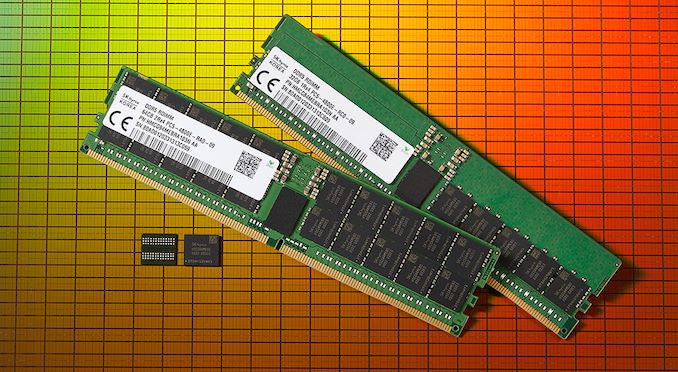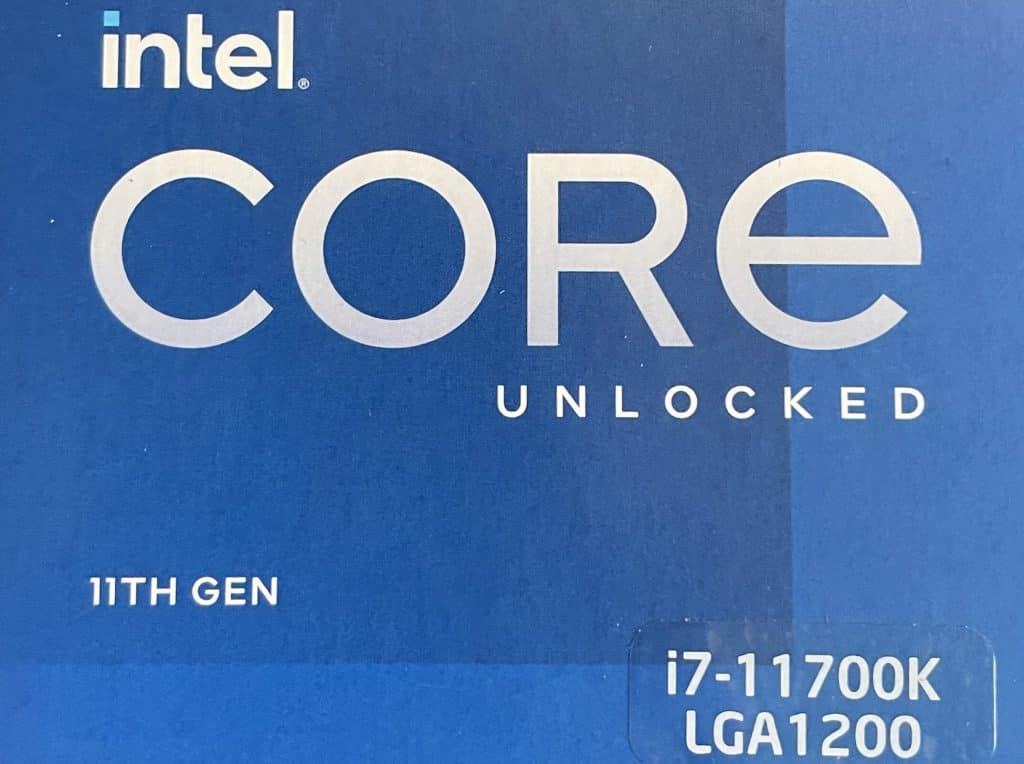I know what you mean.
The Square root law in microprocessors say that if you increase the number of transistors by X%, the actual performance you get is square root of X. So if you quadruple the number of transistors, you get twice the performance. It's not just die area that's quadrupled. The power use is quadrupled as well, since 4x the transistors.
You can use clever engineering and ideas to overcome that somewhat but new ideas are much harder to come by.
Intel's Cypress Cove(the 14nm version of Icelake's core) uses 37% more transistors for 18% performance. Follows the law almost exactly.

But this is a generalized statement. Because Logic transistors such as ALUs, FPUs, branch predictors, decoders use a lot of power per transistor while caches are very power efficient. Power is pretty much the biggest limiter to performance nowadays.
Caches, and the way AMD does it will add die area and cost, but is a very power efficient way to increase performance.






